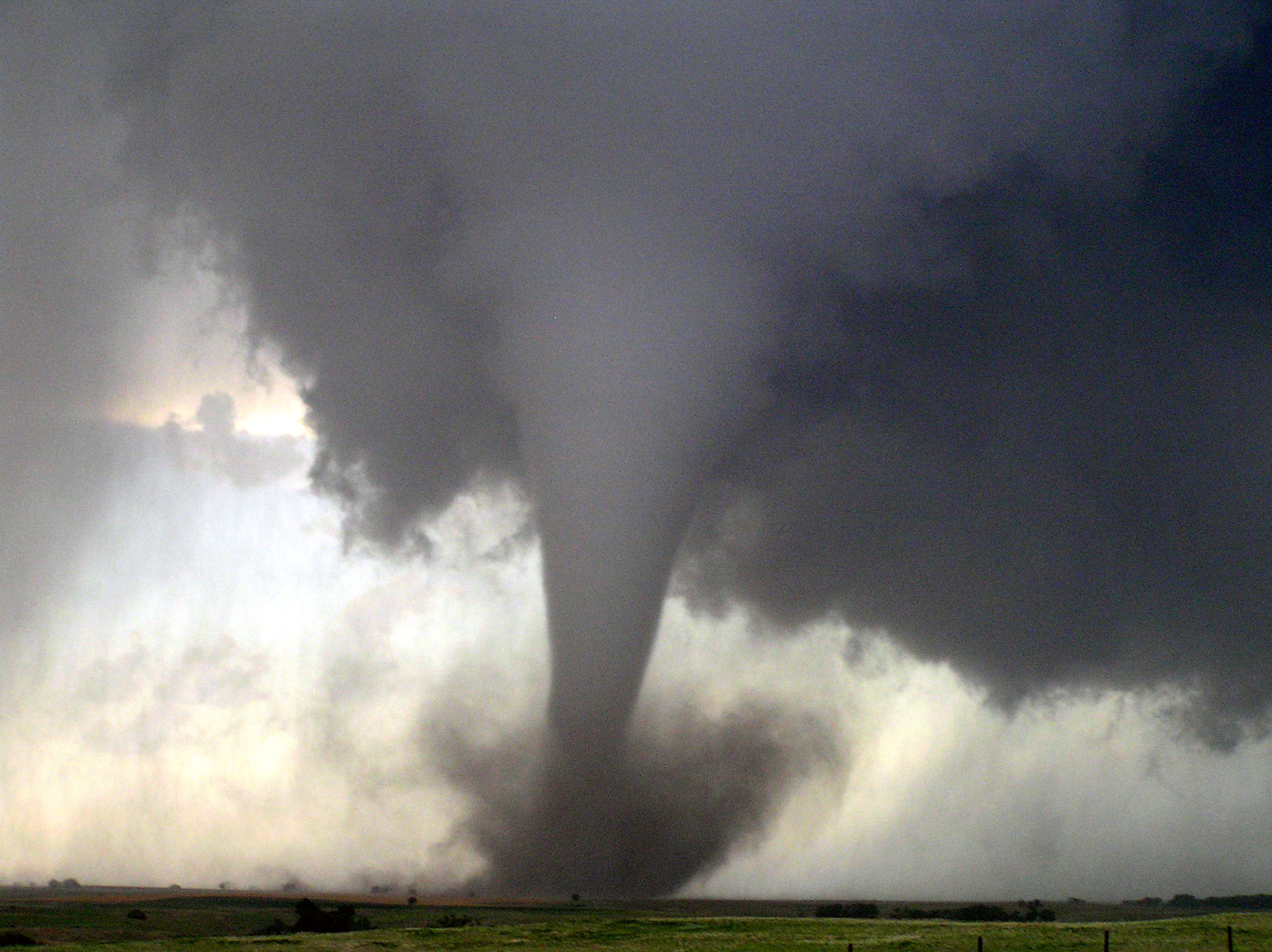OCCC’s safer areas can withstand 90 mph winds


Contrary to popular belief, OCCC is not a storm shelter. The campus has “safer areas,” but that doesn’t mean the college is a viable or safe place to seek shelter when severe weather threats occur, said Marlene Shugart, who oversees Planning and Risk Management for OCCC.
“ … That’s why all of our signs on campus say safer areas, because they are not constructed shelters … .
“… That’s what we need to get out there to the public … . This is not a public shelter.”
Jackie Wright, state emergency management officer, said OCCC’s safer areas appear to be as safe as they can be.
“Having just done the analysis, I would say that [the college’s] safer areas … are extremely safe,” he said.
“I would not say that they’re shelter quality because only shelters are shelter quality but they are very safe refuge areas, as long as you understand that’s what they are.”
Wright said the safer areas are built to meet national construction codes that can withstand winds up to 90 mph.
“They are refuge areas,” he said. “A refuge area by definition is one that doesn’t meet the standards for a safe room or a shelter.”
OCCC President Paul Sechrist said the safer areas are the best areas on campus for students to be during severe weather.
“The safer areas were selected by using the criteria widely available — interior rooms or hallways, away from windows lowest levels … .
“However, no building or area on campus is a tornado-rated shelter. OCCC has recently engaged Safer Schools 101 to confirm that our safer areas are the best areas of refuge in a storm. The results have not been received. We feel confident that the designated areas are the best, but we are using outside consultants to double-check and confirm,” Sechrist said.
Six safer areas exist on campus:
• The lower level area hallway between MB3 entrance and the Biotechnology and Bioinformatics area, including Student Support Services, Student Life, and Student Employment and Career Services.
• The lower level of the Health Professions center back and away from the glass, outer doors and ambulance trainer.
• The Production Studio in the Visual and Performing Arts Center.
• The firewall stairwells, restrooms, break room and technical librarian’s room in the library.
• The SSC hallway, rooms 1H10 through 1H13, and the Wellness Center locker rooms also are safer areas.
Although some people may decide to seek other shelter in the event severe weather threatens OCCC, Wright said everyone should stay put.
Students may or may not have enough time to outrun the storm, he said, citing traffic as a factor.
“If there’s a warning issued, stay here, because by the time a warning is issued, it’s too late to run,” he said.
Wright said it’s a personal choice to seek shelter at OCCC.
“As far as the locals are concerned … if they’re in their home, they’re probably better off staying in their home,” he said.
Students who were asked about OCCC’s safer areas expressed concern.
Computer engineering major Steven Ouandji said he was confused as to why he was led to an OCCC bathroom during the severe weather drills on April 8.
“They took us to the bathroom — like the urinal was going to save us from a tornado,” Ouandji said. “I’m not going to lie … I was perplexed.
“I just did it because it was part of the procedure,” he said. “But I don’t feel too safe about the safer areas.”
Ouandji said if he felt threatened by a severe thunderstorm or tornado, he’d leave the campus.
“If I saw it coming … I’d probably run,” he said.
Physics major José Sagredo said he had a similar experience with the severe weather drills.
“I was standing next to a window,” Sagredo said.
The last time he evacuated OCCC because of severe weather, Sagredo said, it was the day of the May 20 tornadoes. He said he’d stay put if severe weather threatened him again.
Public relations major Kathy Nguyen said she doesn’t know where many of the safer areas are located on campus and has mixed emotions about staying at OCCC during severe weather.
“I’m in the mix … [about] if I feel safe or not,” Nguyen said.
During the severe weather drills, Nguyen said, she was in the Aquatic Center and was led to a nearby hallway.
“They were just making us stand in this hall near the swimming pool,” she said. “They were just making us stand there.”
Engineering Tutor James MacDonald said during the severe weather drill held on the morning of April 8, students lacked the urgency they’d have during an actual storm.
“There wasn’t much of a rush, to be honest,” he said. “[But] the [student] population size was ginormous.”
Regarding the safer area located in the Science, Engineering and Math Center, MacDonald said that’s where he felt safest.
“I do feel fairly safe — much safer than I do in the rest of the college,” he said.
Although students are advised to go to the safer areas during severe weather, Sechrist said, they will not be forced to comply. However, he said, students should stay on campus.
First responders will come to the designated safer areas on campus first should the campus be hit, Sechrist said.
“One’s risk of being injured is much higher if you remain in an area that is less safe.”
For more information, call 405-682-1611, ext. 7442, or email at.mshugart@occc.edu.
The safer areas of campus are named in OCCC policy 3048 found at www.occc.edu/policy/pdf/3048.